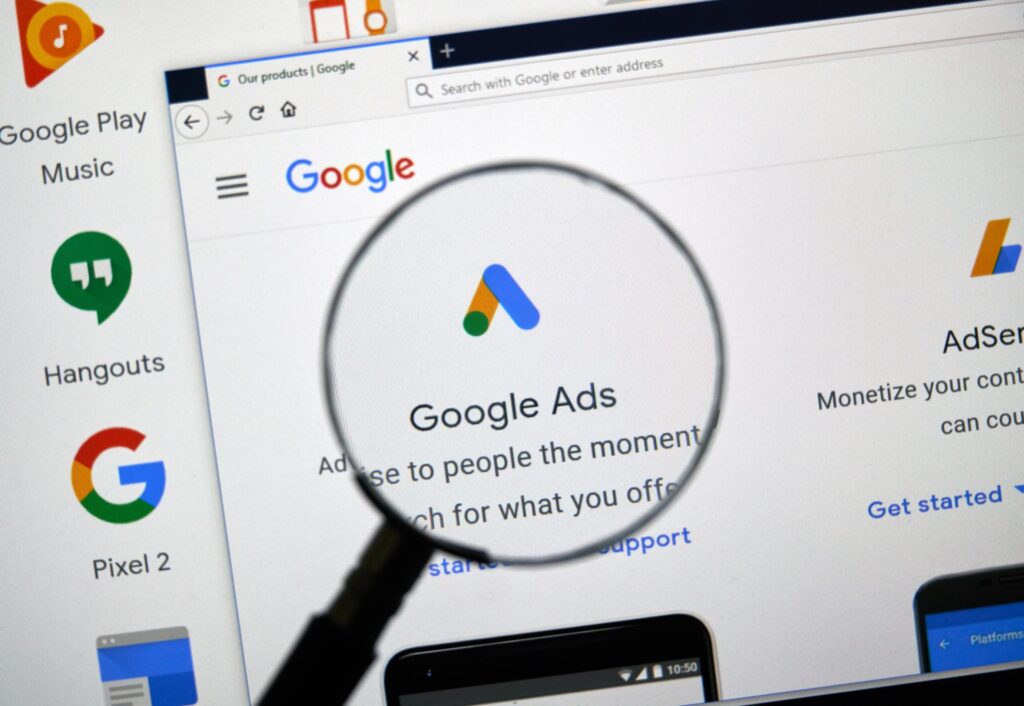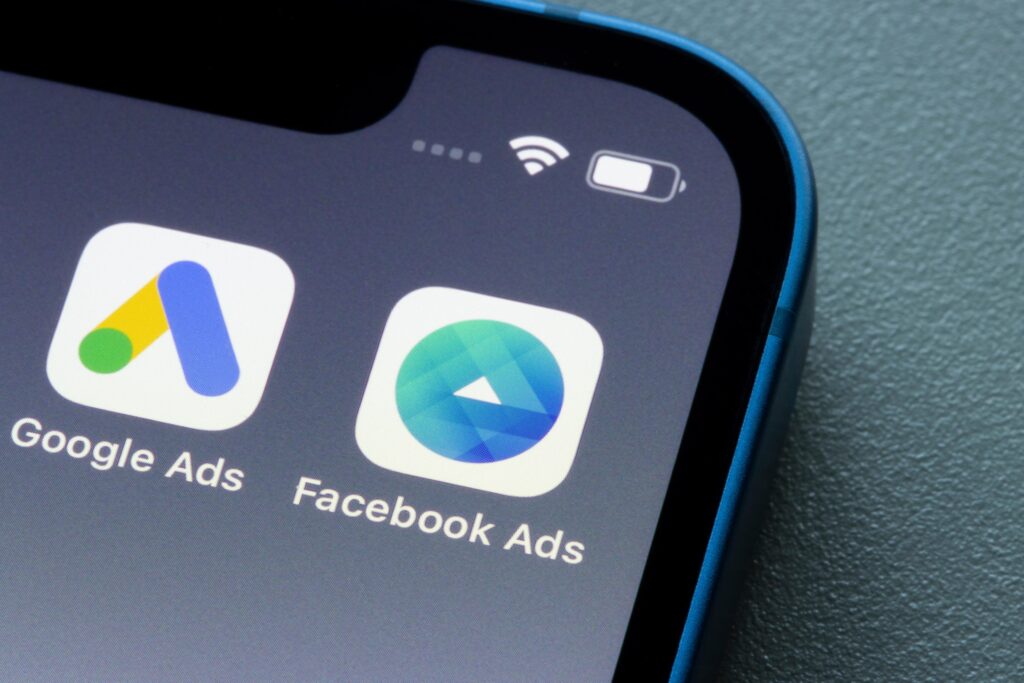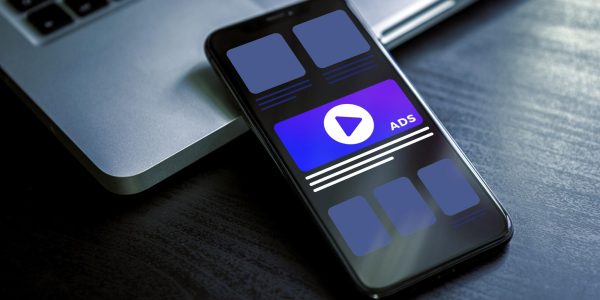When small businesses decide to invest in online advertising, they almost always find themselves comparing Google Ads vs Facebook Ads. Both platforms can increase visibility, attract leads, and create new revenue opportunities, but that does not mean they work the same way.
Since most small businesses have limited time, limited staff, and limited budget, choosing the wrong platform can quickly drain resources without producing meaningful growth.
Selecting the right channel, on the other hand, can expand reach, increase conversions, and create a steady stream of demand. The key is understanding how each platform works, who it works for, and which goals it supports best.
With that clarity, small businesses can invest confidently instead of guessing their way through paid advertising.
The Core Difference: Intent vs Interest
One of the most important distinctions in the Google Ads vs Facebook Ads conversation is the difference between intent and interest. These two platforms reach people at very different moments in their decision-making journey.
Google captures intent. When someone searches for phrases like:
- Accounting software for small businesses
- Roof repair near me
- Best dentist in Chicago
They are actively seeking solutions and are much closer to making a purchase. They already know they have a problem and want to fix it, so ads on Google align with users who are ready to take action.
Facebook captures interest. People on Facebook and Instagram are scrolling, browsing, and consuming content for entertainment or connection. They are not actively searching for a product or service. To succeed on Facebook, your ad needs to spark curiosity, draw someone in, and guide them toward considering a solution they weren’t thinking about before.
Understanding this difference makes the entire comparison easier.
Google meets people who are asking for help. Facebook introduces your message to people who might become customers later.
Google Ads vs Facebook Ads for Conversion-Focused Campaigns

When the goal is direct conversions, Google Ads often delivers faster results. Since users arrive with a clear intent, they already understand the problem and want a solution, which shortens the path to becoming a lead or customer.
Facebook can also convert, and in many industries, it can do so at scale, but it usually requires a longer journey. Instead of capturing existing demand, Facebook campaigns nurture interest over time. That makes it a strong choice for e-commerce brands, lifestyle products, and visual storytelling, but it often requires multiple touch points to create momentum.
Cost Comparison for Small Business Budgets
When evaluating Google Ads vs Facebook Ads, cost naturally becomes a central concern. Small businesses want to know where their dollars will stretch the furthest.
Facebook generally offers a lower cost per click, making it an attractive option for smaller budgets. The tradeoff is that those clicks are often colder and may take longer to convert.
With Google, the cost per click can be higher, but the likelihood of earning a qualified lead is also higher because the user has intent. In many cases, a higher cost per click can still produce a better return on investment if those clicks convert at a higher rate.
A simple way to think about cost is this:
- Facebook is ideal for affordable awareness and top-of-funnel traffic
- Google is ideal for clicks that need to have a strong chance of converting immediately
Cost effectiveness depends on your objective, not just your bid price.
Targeting Strength: Interest Targeting vs Search Targeting
Both platforms have impressive targeting power, but they use fundamentally different approaches.

Facebook excels at targeting based on interests, behaviors, and demographic traits. It can identify patterns and preferences, allowing you to reach people who fit your ideal customer profile even if they are not actively searching for your solution. This makes Facebook particularly strong for brand building and audience expansion.
Google’s strength is keyword and intent targeting. It connects your business to what users are actively searching for in real time, making it easier to match your offers to people who are already motivated.
For small businesses, this often leads to a clear division of roles:
- Facebook is best for building awareness and nurturing potential customers
- Google is best for capturing demand and closing business
Which Platform Delivers Faster Results?
Google usually produces faster wins because it intercepts people who are ready to make decisions. When your ad matches the searcher’s intent, results can happen immediately as long as your landing page and offer are strong.
Facebook takes longer to optimize, but it has a unique advantage in long-term growth. Once the algorithm learns your audience and you layer in retargeting, Facebook can generate consistent attention, familiarity, and interest. It becomes a place to grow your pipeline, rather than just harvesting it.
If Google is the shortcut to conversions, Facebook is the engine that fuels ongoing visibility.
The Smartest Strategy Often Uses Both
Although many small businesses want a single winner in the Google Ads vs Facebook Ads comparison, the truth is that the most effective strategies often use both platforms together.
A proven approach looks like this:
- Use Google Ads to capture users who are actively searching and ready to convert
- Use Facebook Ads to build awareness, introduce your brand, and retarget warm audiences
Google brings in motivated buyers. Facebook grows demand and expands your reach. When both platforms play a distinct role, cost per acquisition usually decreases and conversion rates improve.
Google Ads vs Facebook Ads: Which is Right for You?
If your goal is fast, conversion-ready traffic, Google Ads is often the strongest starting point. If your goal is growth through awareness and audience building, Facebook Ads is ideal. And if you want the most effective long-term strategy, use both and allow each to do what it does best.
Google converts today. Facebook builds tomorrow. Small businesses that understand this pairing make smarter investments and see stronger results over time.





